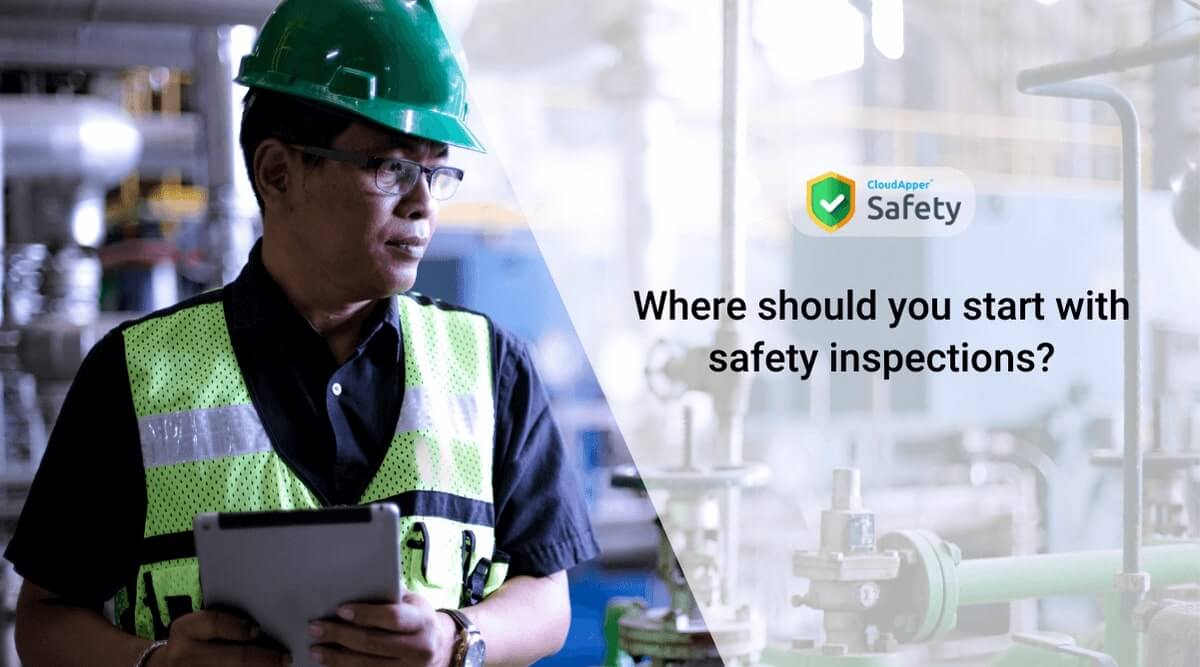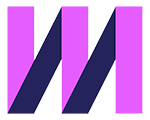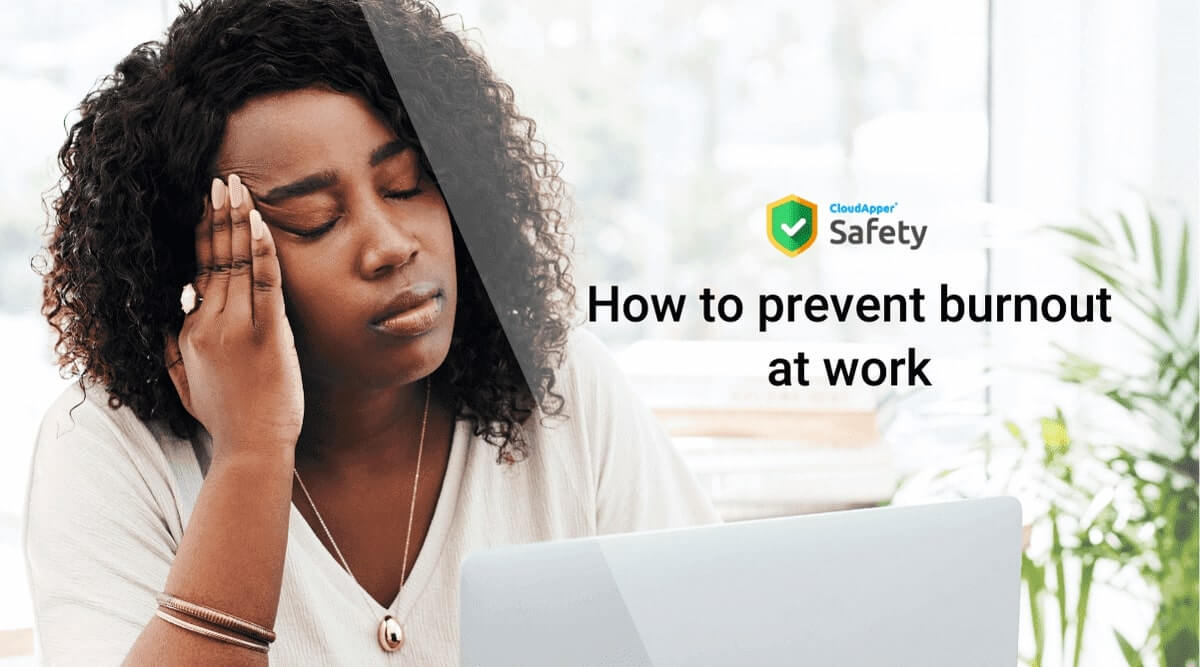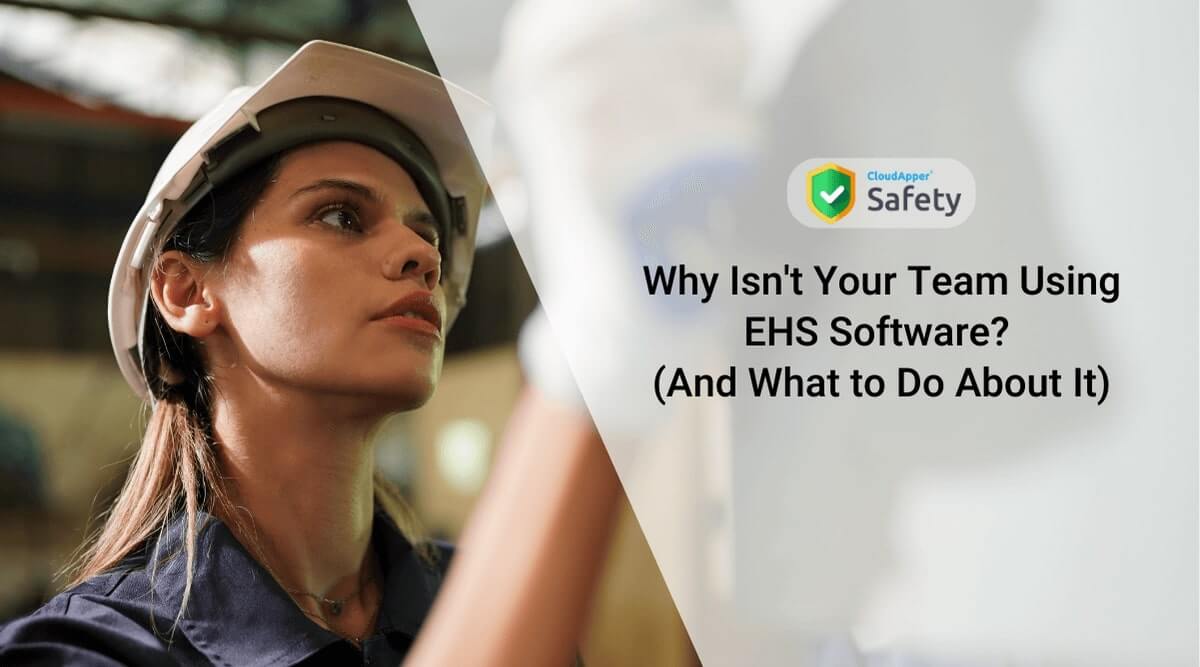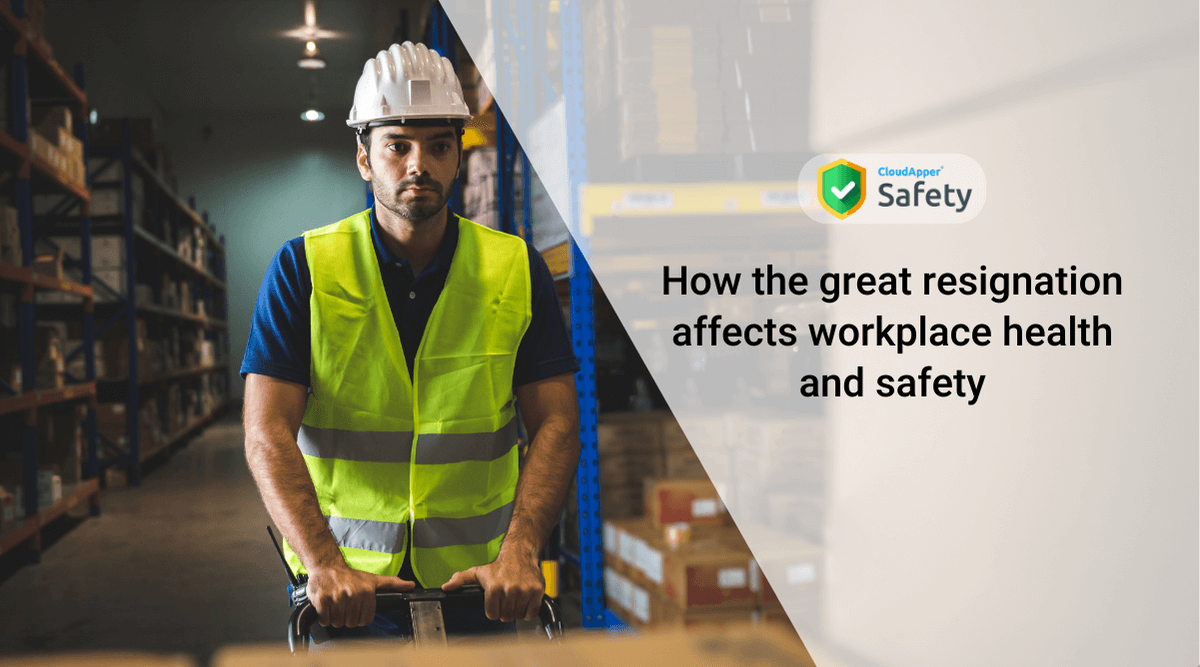Table of Contents
One of the many ways to avoid incidents, injuries, and illnesses is through safety inspections. Even while we all agree that health and safety are important, sometimes this isn’t the case, despite how much we’d all like to claim it’s the first thing we think about when we’re at work. You can maintain the highest safety standards and prevent any slip-ups by being proactive and continue to monitor workplace elements to make sure hazards are detected and addressed appropriately.
What should I look for?
Hazards! All types of them!
OSHA conveniently identifies the types of hazards you need to look out for when creating and carrying out inspections.
Safety Hazards: checking on machinery, workplace conditions, workers’ safety practices, housekeeping of location, etc. Having an inventory of the equipment present will make this process much easier.
Biological Hazards: anything that can cause your workers illnesses such as viruses, bacteria, parasites, etc.
Chemical Hazards: any hazardous liquids, gas, dust, fumes, or waste.
Ergonomic Hazards: physical and psychological demands on your workers such as forceful movements, repetitive movements, or awkward postures. Ensuring workers are equipped with the proper training, tools, and equipment is needed for their protection.
Physical Hazards: noise, extreme weather conditions, radiation, high or low pressure, vibrations, etc.
Psychological Hazards: anything that may affect the mental or physical well-being of your workers whether that be any trauma related to the job, overworking, stress, etc.
It is important to note that as work progresses, and projects proceed, hazards evolve and change. Some disappear, and some appear. That’s why your inspection forms need to be evaluated weekly, if not daily, to keep up with your evolving work environment.
How Exactly Do You Conduct the Inspections?
Plan ahead
Before beginning the inspections, go over each person’s obligations. Each team member will be able to comprehend their destination and task when different locations and routes are assigned.
Checklists. Checklists. Checklists.
A checklist will not only help you stay organized and highlight the duties associated with inspecting each sort of danger, but it will also give you a place to record your findings and make comments about the hazards you encounter.
Send a Team for Inspection
Put experienced, procedure-savvy, and people who are familiar with the several types of dangers that may exist in your workplace on your team.
Establish a schedule
The preservation of a secure environment is your aim. Based on previous occurrences, the size of the location and the nature of the work operations, the number of shifts, the types of dangers present, etc., decide how frequently it is reasonable to examine each section of your workplace.
Records and Forms
You can maintain track of prior inspections, check for any adjustments that need to be made, and assure compliance throughout your project if you have forms to use for the inspections. Make certain that your inspection teams are aware that they must report their results after completing each item on the form.
Corrective measures
Taking action is the next step if dangers have been found! Make that the members of your inspection team are familiar with the protocol for handling hazards once they have been discovered and for taking corrective action when necessary. Assign risk priority levels to determine the urgency of the necessary corrective action.
Verifying Work Procedures
Inspections cover more than just the physical aspects of your workplace; they also check for worker adherence to safety policies. Permit your inspection team to look for unsatisfactory work habits within your employees. Poor work practices include, for instance, using equipment without the required PPE and without the proper supervision.
It can be challenging to keep track of everything. There are many checklists, forms, and templates for many websites. Select a safety compliance software to organize all of your records and make managing your staff and safety activities easier. The Inspections Tool from CloudApper Safety will conveniently track, record, and analyze inspections at your worksite.
What is CloudApper AI Platform?
CloudApper AI is an advanced platform that enables organizations to integrate AI into their existing enterprise systems effortlessly, without the need for technical expertise, costly development, or upgrading the underlying infrastructure. By transforming legacy systems into AI-capable solutions, CloudApper allows companies to harness the power of Generative AI quickly and efficiently. This approach has been successfully implemented with leading systems like UKG, Workday, Oracle, Paradox, Amazon AWS Bedrock and can be applied across various industries, helping businesses enhance productivity, automate processes, and gain deeper insights without the usual complexities. With CloudApper AI, you can start experiencing the transformative benefits of AI today. Learn More
